Iran's Fars News Agency reported on June 26 that Israel may have used depleted uranium (DU) munitions in airstrikes across Iran. Initial testing in the affected areas showed traces that could be uranium. Further technical analysis is still underway to confirm.
Depleted uranium, a dense metal used in bombs and tank shells to penetrate armored targets, is not classified as a nuclear weapon, but it poses serious long-term health risks due to its low-level radioactivity and toxic chemical composition.
What is depleted uranium?
Depleted uranium is natural uranium that has had most of its radioactivity removed. It is a byproduct of the process of enriching uranium for use in nuclear power plants or making nuclear weapons.
This is a very heavy metal, meaning it will weigh much more than a steel bullet of the same size, creating a strong penetrating force to penetrate armor.
Depleted uranium shells are often used to penetrate armored targets. Photo: Euractiv . |
Depleted uranium can be added to tank, gun, and mortar shells to increase their penetration. On impact, depleted uranium shells sharpen their tips, increasing their armor-piercing effectiveness. These shells do not explode but burn upon contact with the target.
Since this material is essentially uranium-enriched waste, it is relatively cheap and available in large quantities in countries with developed nuclear industries.
The British Ministry of Defense said the ammunition was developed by the US and UK in the 1970s and was first used in the Gulf War in 1991, then in Kosovo in 1999 and in the Iraq War in 2003.
The International Atomic Energy Agency (IAEA) says depleted uranium is chemically and radioactively toxic. Although it is much less radioactive than natural uranium, it can still contaminate land. This is also the reason why the US and its NATO allies have been criticized for using this type of ammunition.
Chemical and radioactive toxicity
In 2007, the United Nations General Assembly requested an assessment of the health effects of depleted uranium weapons, and since then several international studies have been conducted.
In 2009, an Italian court ordered the country's defense ministry to pay 1.4 million euros in compensation to the family of a soldier who developed cancer and died after serving in Somalia in the early 1990s. The death was believed to have been caused by exposure to depleted uranium.
Depleted uranium munitions are not nuclear weapons but are still controversial due to their chemical and radioactive toxicity. Photo: US Air National Guard . |
In 2016, the United Nations Scientific Committee on the Effects of Atomic Radiation (UNSCEAR) concluded that there was no clear evidence of poisoning from exposure to depleted uranium. However, the IAEA warned that people who come into direct contact with fragments of depleted uranium munitions could be at risk.
A 2019 study published in the journal Environmental Pollution found a possible link between depleted uranium weapons and birth defects in the city of Nasiriyah, Iraq.
A 2022 report by the United Nations Environment Programme (UNEP) also expressed concerns about the potential use of depleted uranium in Ukraine, warning that it could cause “skin irritation, kidney failure and increased cancer risk”.
Depleted uranium weapons are not classified as nuclear weapons, and there is no international treaty that explicitly bans their use. However, an organization called the International Coalition for the Prohibition of Uranium Weapons is campaigning to ban them, arguing that they “prolong the consequences of war indefinitely” due to their long-term impact on the environment and human health.
The UK Ministry of Defence said that under Article 36 of the 1977 First Protocol to the 1949 Geneva Conventions, the use of depleted uranium munitions is legal in international armed conflict.
Source: https://znews.vn/uranium-ngheo-cua-israel-nguy-hiem-den-muc-nao-post1564081.html


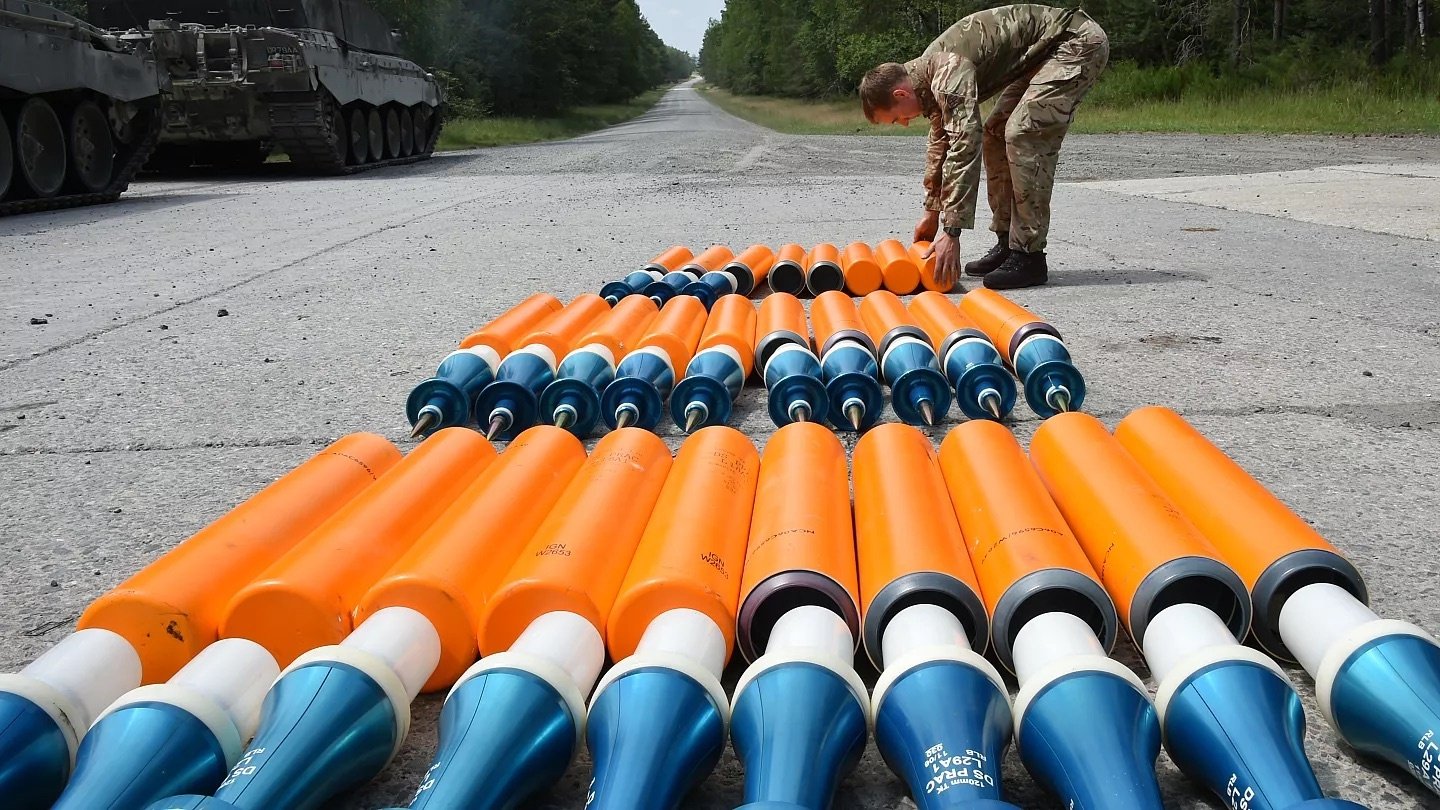
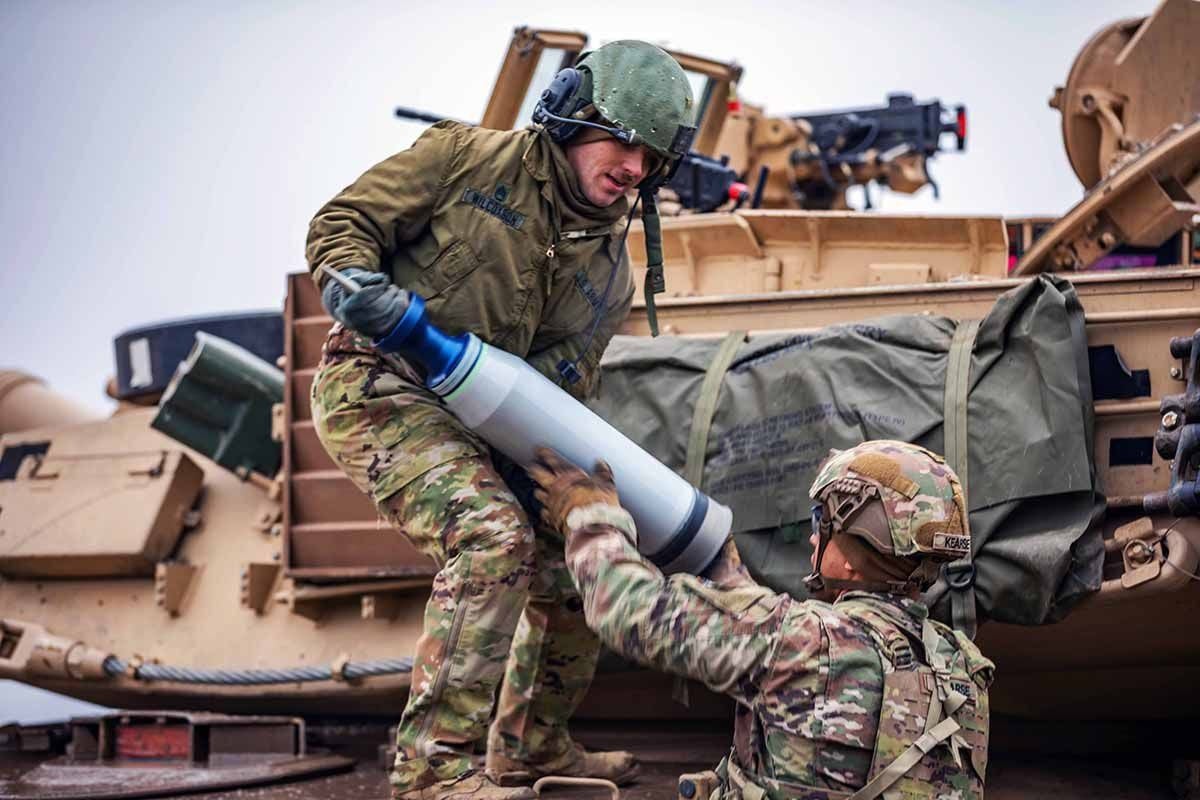
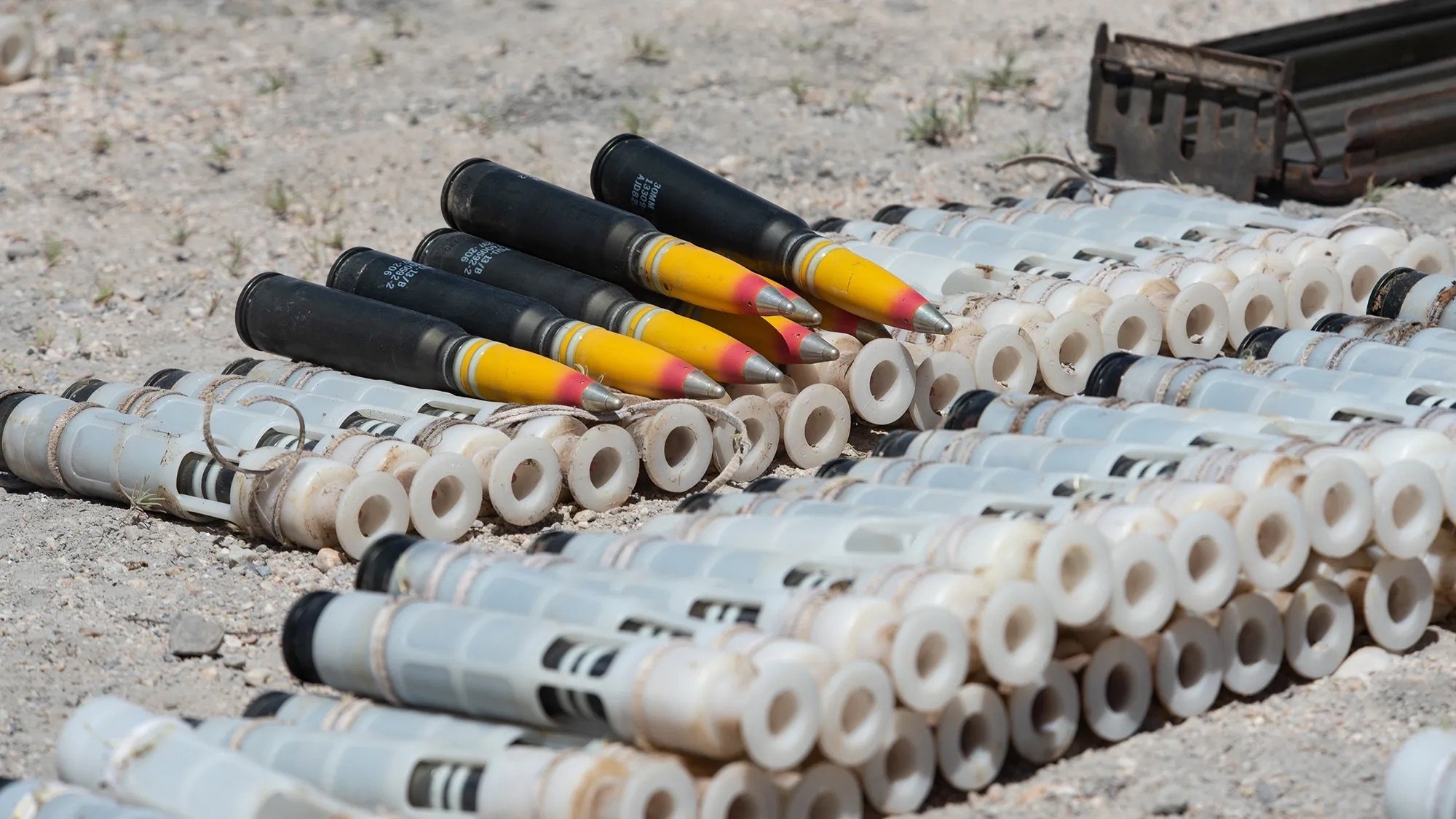






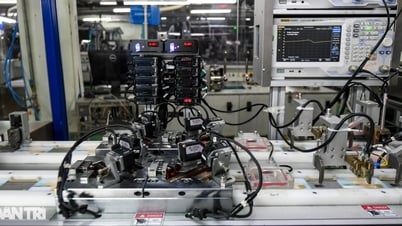





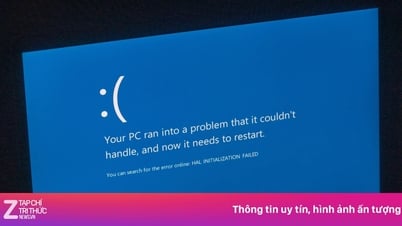











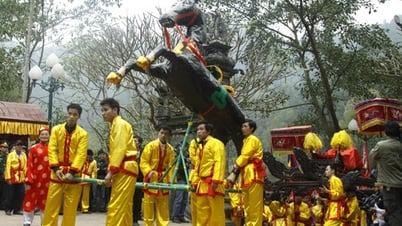





























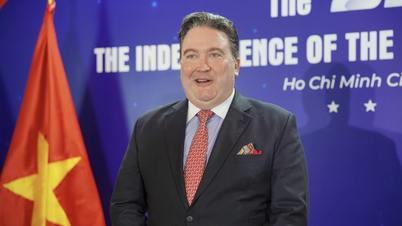










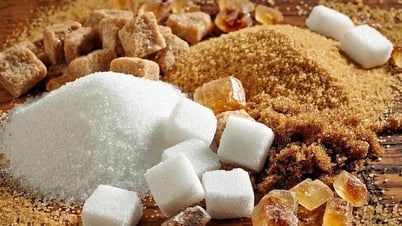






















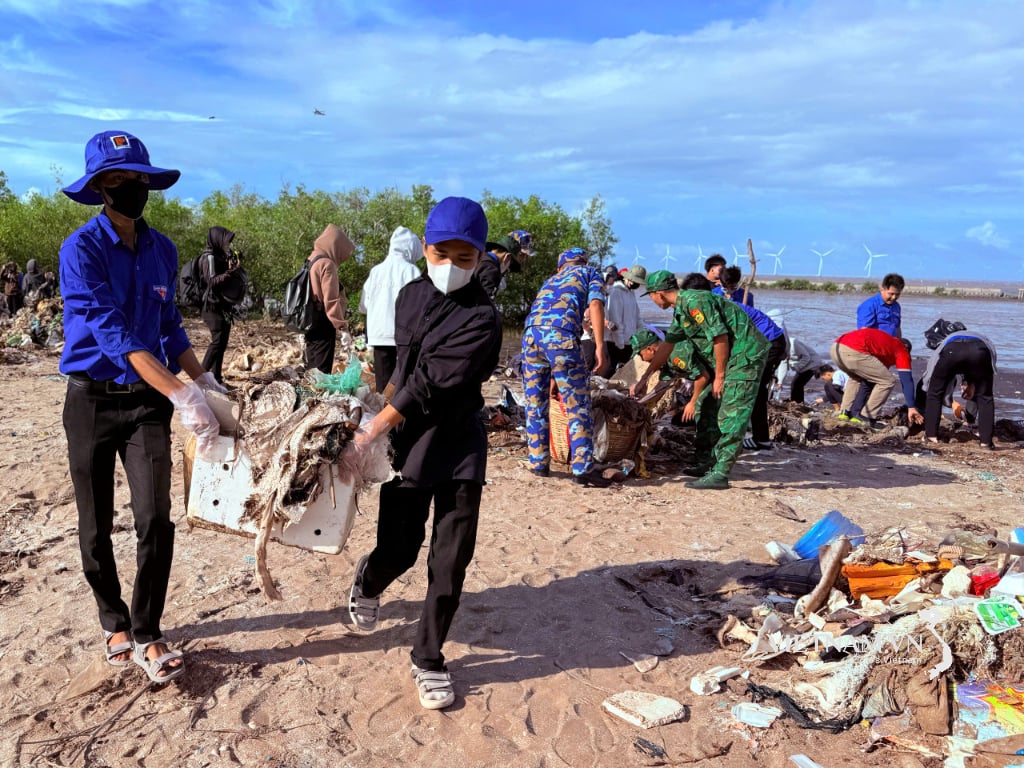
Comment (0)